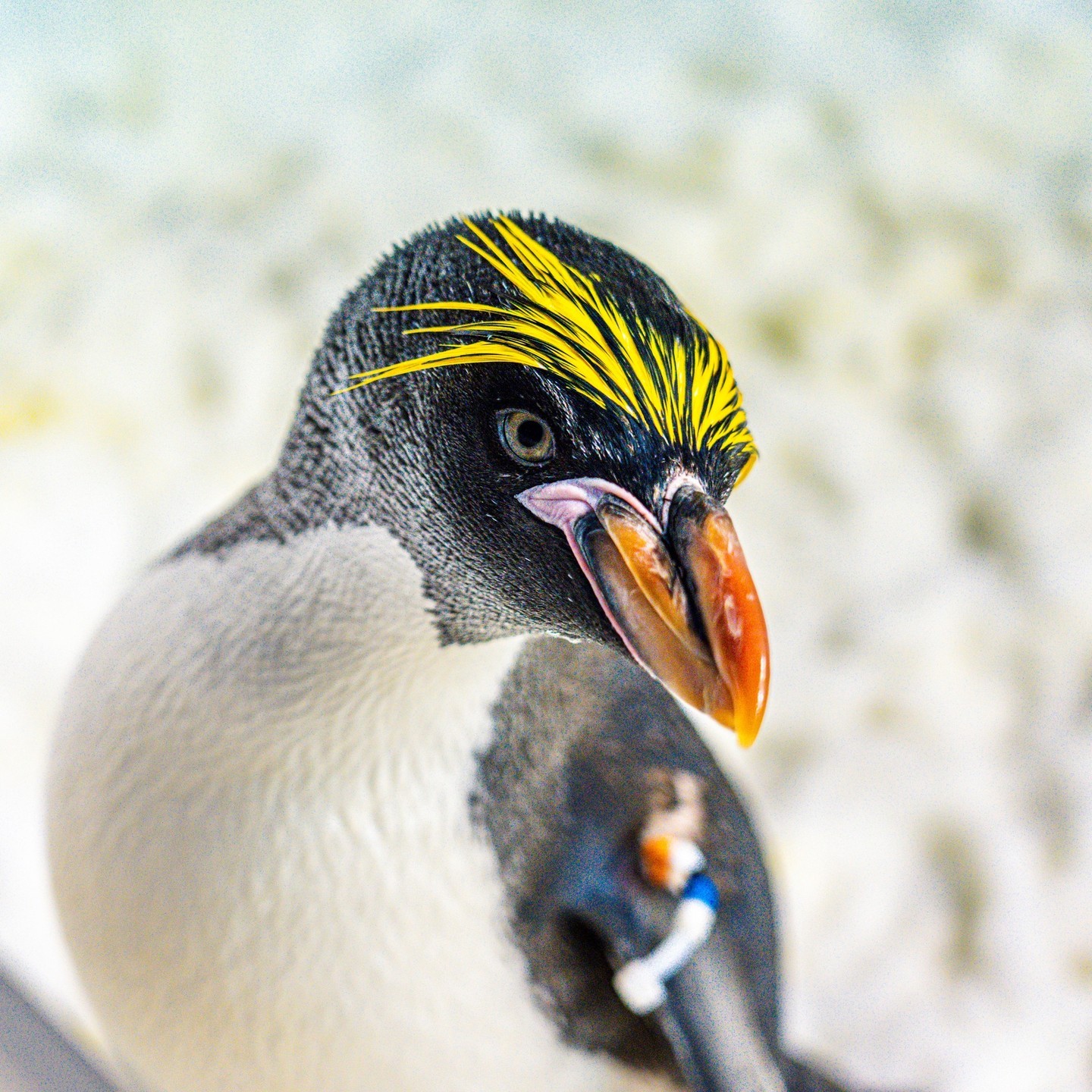– Fascinating biological traits and behaviors of macaroni penguins
– Role of zoos in macaroni penguin conservation efforts and education
– Challenges in wildlife conservation regarding macaroni penguins
– Engagement and contributions by the public and scientific community
With their distinctive crests and charismatic personalities, Macaroni penguins have captivated the hearts of animal lovers and wildlife enthusiasts alike. These birds are among the most recognizable penguin species, found primarily in the Sub-Antarctic and Antarctic Peninsula. However, there is a complex biological and ecological narrative behind their amusing appearance and the amusing puns they inspire.
The macaroni penguin, scientifically known as Eudyptes chrysolophus, possesses an array of fascinating traits and is renowned for its striking yellow and black crests. These bold feathers are not merely ornamental; they play a significant role in communication and mating rituals. Macaroni penguins are social animals living in large colonies that can number in the tens of thousands. Their vocalizations are just as distinctive as their looks, comprising a cacophony of loud brays that help individuals recognize one another amidst the dense gatherings.
Diving into their behavioral aspects reveals even more impressive capabilities. Adapted to life at sea, these penguins are superb swimmers, with powerful flippers and streamlined bodies that enable them to pursue their primary diet of small fish and krill. Their foraging habits, which often involve traveling long distances and diving to depths of over 200 feet, underscore their physical resilience and adaptation to the harsh conditions of their natural habitats.
In conservation, macaroni penguins face several threats, including climate change, fishing bycatch, and habitat destruction. Zoos and aquariums worldwide play a pivotal role in their conservation by fostering breeding programs and educating the public about these animals’ challenges. Such institutions replicate the birds’ natural environments as closely as possible to promote healthy breeding behaviors. Moreover, captive populations serve as genetic reservoirs, potentially aiding in the reintroduction to the wild should wild populations decline critically.
Efforts in conservation are multifaceted, involving rigorous scientific research to monitor populations and understand their ecology better. Research on macaroni penguins helps inform conservation strategies, such as creating protected areas that safeguard vital feeding and breeding grounds. Conservationists also work to mitigate the impacts of climate change through advocacy and policy work, aiming to secure a future for macaroni penguins and the entire ecosystem they inhabit.
Public engagement and scientific community collaborations are indispensable in conserving macaroni penguins. Citizen science projects, for example, allow individuals to contribute to research by reporting sightings and participating in data collection. This valuable collaboration enhances scientific knowledge and fosters public investment in penguin conservation.
Educational outreach programs initiated by zoos and conservation groups are integral to this engagement. Through interactive exhibits and educational programming, these institutions unveil the lives of macaroni penguins in a manner that both informs and entertains. They discuss the birds’ biology, the delicate balance of their ecosystems, and the critical conservation measures needed to protect them.
Zoos also play a key role in conducting and supporting field research, working alongside conservation biologists to gather data to understand the macaroni penguin’s role in its ecosystem. By tracking their migration patterns, diet, and breeding success, conservationists can draw conclusions that inform both in-situ and ex-situ conservation approaches.
Our passion for macaroni penguins extends far beyond a simple fondness for their comical allure or the notion of pun-filled admiration. Whether a visitor taking a photo with a macaroni penguin mascot at the zoo or a scientist tagging a penguin to track its oceanic journey, this love translates into vital actions contributing to the species’ continued survival.
As we continue to enjoy the playful antics of macaroni penguins and share amusing references to their pasta namesake, we must remember the role each of us plays in their conservation. By supporting local zoos, participating in sustainable practices, and advocating for conservation policies, the public has the power to aid in the protection of these endearing and essential creatures. The story of the macaroni penguin is complex, intertwined with our own, and essential for the health of our planet’s ecosystems. Through collective efforts in science, wildlife management, and public engagement, we can work to ensure that future generations can also profess their pun-filled love for these remarkable birds.
*****
Source Description
It might seem cheesy 🧀 to say how much we love our macaroni penguins, but we just had to take a pasta pic!
(Have a good penguin pun for us? Share in the comments!)


